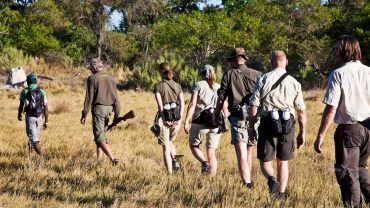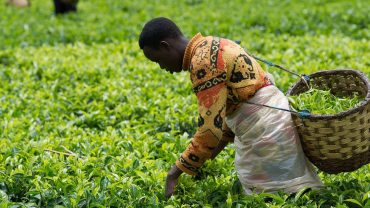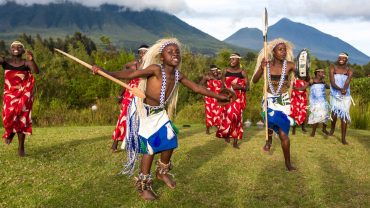The best time to visit Uganda is pretty much all year round. The country straddles the equator so there are no true seasons, although March to May an October to November are wetter – which can be less pleasant for gorilla tracking. Wildlife can be seen in Uganda’s national parks throughout the year, while gorilla permits are often heavily discounted in the rainier months.
Uganda sits squarely on the equator with an average altitude of around 1,000m, which tempers the heat and means this really is a year-round destination. March-May and Oct-Nov see the highest rainfall, but gorillas are still lurking in the mist – although trekking to find them will be slippery and slower. However, accommodation and even gorilla permits can be much cheaper at this time. The best time to visit Uganda is June-Sep, which is the peak season – but Uganda remains happily oblivious to mass tourism and you won’t need to worry about crowds.
March, April and May see the heaviest rainfall in Uganda, with shorter rains in October to November. This doesn’t affect your chances of spotting gorillas, although be prepared for a soggy, slippery trek! Waterproofs, and waterproof boots, are essential. It’s also believed that the gorillas linger on the warmer, lower slopes during wetter weather, so your trek may be shorter.
Uganda’s raised topography means a cooler climate than its equatorial setting suggests but if you’re planning a gorilla trek, it’s important to know when to go to Uganda for the easiest trekking conditions. Although it’s regarded as a year-round activity, the best time to visit Uganda for gorilla trekking is during the country’s two dry seasons: January and February and from June to September.




Comment (0)